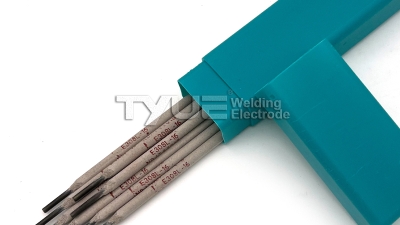7 Essential Tips for Maximizing Efficiency with 308 Welding Rods in Industrial Applications
Table of Contents
- Maximizing Welding Efficiency: Understanding the Role of 308 Welding Rods
- The Impact of Welding Rod Selection on Production Time: A Data-Driven Approach
- Cost-Benefit Analysis: Efficiency Gains from Using 308 Welding Rods in Industry
- Enhancing Arc Stability: Key Techniques for Optimal Performance with 308 Rods
- Welding Parameters: How Amperage and Voltage Influence Efficiency with 308 Rods
- Quality Control Metrics: Measuring Success in Industrial Welding Applications
- Maximizing Welding Efficiency: A Comprehensive Analysis of AWS A5.4 E308L-16 Electrodes in Stainless Steel Applications
- FAQS
- Conclusion
- Related Posts
In the fast-moving world of industrial welding, making sure everything runs smoothly and efficiently is super important. You want top-notch results, but at the same time, you don’t want costs to spiral out of control. That’s where the 308 Welding Rod comes in—it's a go-to in stainless steel welding, known for being versatile and reliable. Did you know that stainless steel makes up about 22% of all welding work in the U.S.? That just shows how crucial it is to pick the right welding rods to keep things productive.
Wenzhou Tianyu Electronic Co., Ltd., with over 22 years under their belt, really stresses how key it is to get the most out of your 308 Welding Rods. By following some simple but effective strategies, industries can level up their welding game, keep the quality consistent, and ultimately, see their operations succeed. It’s all about optimizing the process and making sure everything fits together just right.
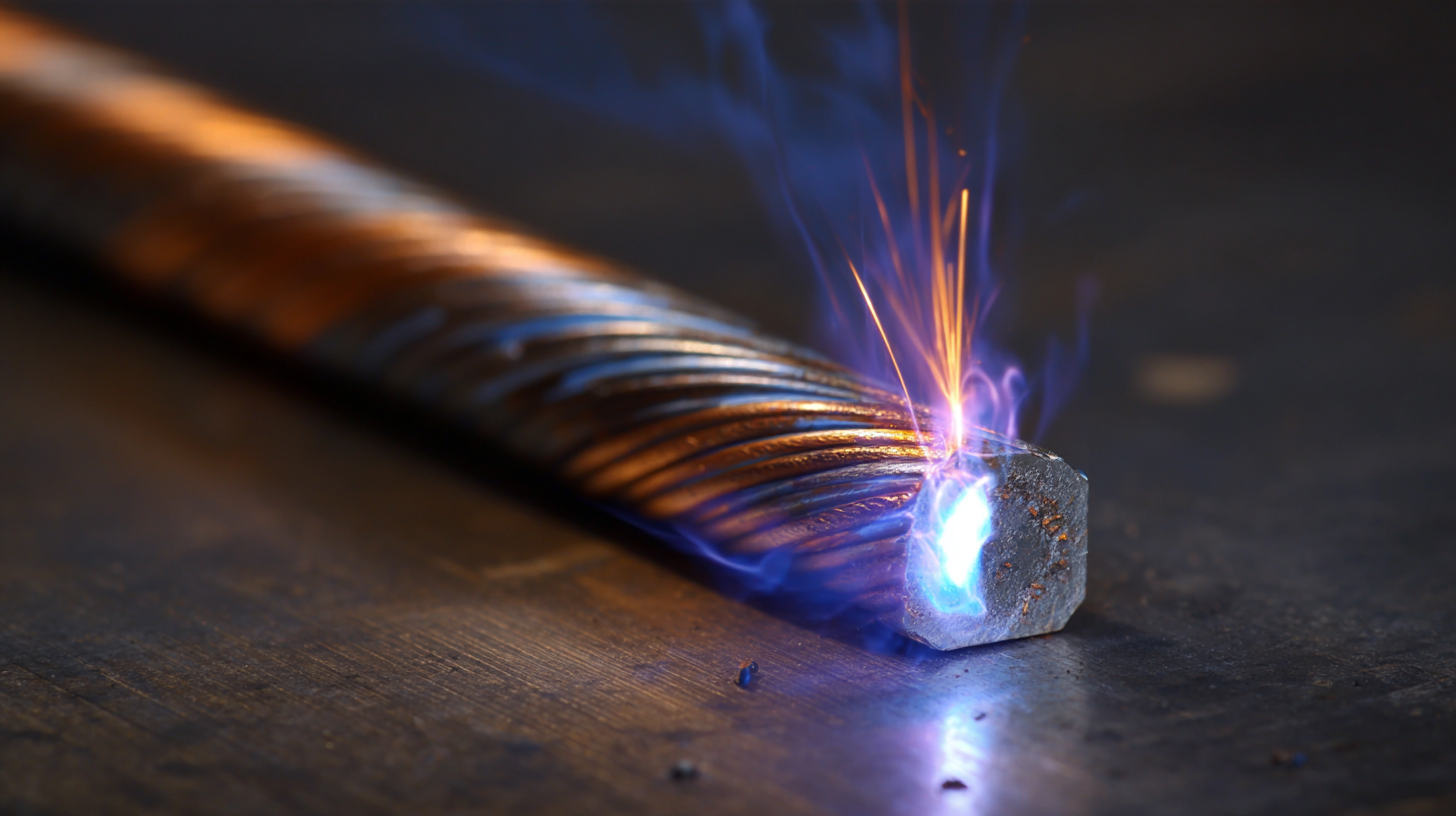
Maximizing Welding Efficiency: Understanding the Role of 308 Welding Rods
Getting a good grasp of how 308 welding rods work in industrial settings is actually pretty important if you want to get the most out of your welding. These rods are specially made for situations that need really strong joints and resistance to rust and corrosion — perfect for welding stainless steel structures. If you’re looking to boost your productivity, it’s key that welders pick the right settings, like voltage and feed speed. Tuning these just right not only makes the welds better but also helps cut down on wasted materials and reduces those pesky delays.
Plus, with all the new tech coming out in welding, there are some pretty cool methods that can make things even more efficient. Things like narrow gap welding, especially in big fabrication projects, really show how smart modeling and planning can optimize the whole process. That way, companies can make the most of their resources and still meet tight deadlines without sacrificing safety or quality. As the industry keeps evolving, jumping on new techniques and materials like 308 rods is going to be a big part of staying productive and competitive.
7 Essential Tips for Maximizing Efficiency with 308 Welding Rods in Industrial Applications
| Tip | Description | Expected Benefit |
|---|---|---|
| Select the Right Diameter | Choose the rod diameter that matches the base metal thickness to ensure proper penetration. | Improved weld quality and reduced rework. |
| Preheat the Base Metal | Preheating can help in achieving better fusion and reduce the risk of cracks. | Enhanced strength of welds, especially in high-carbon steels. |
| Control Heat Input | Adjust welding parameters to maintain consistent heat input. | Minimized distortion and warping of the welded parts. |
| Use Proper Uphill Technique | For vertical welding, the uphill technique can provide better control over the weld pool. | Smoother finishes and less spatter. |
| Maintain a Clean Work Surface | Ensure the metal surface is free from rust, paint, and contaminants. | Better adhesion and reduced porosity in welded joints. |
| Optimize Travel Speed | Find the right balance between too fast and too slow to maintain weld quality. | Higher production rates with consistent weld quality. |
| Regularly Inspect and Adjust Equipment | Keep welding equipment in good working condition and calibrated. | Reduced downtime and increased efficiency. |
The Impact of Welding Rod Selection on Production Time: A Data-Driven Approach
In industrial settings, picking the right welding rods can really make a difference in how fast things get done and how smoothly the entire process runs. For example, choosing 308 welding rods is often a smart move when working with stainless steel, mainly because they resist corrosion well and are pretty easy to weld. When companies focus on selecting the right rods, they don’t just end up with better, stronger welds — they also cut down on rework, which can slow things down and eat up valuable time.
A lot of folks are now turning to data-driven methods to figure out which welding rods fit their specific needs. By looking at stuff like what materials they're working with, the mechanical strength they want, and the quality of welds they’re aiming for, manufacturers can make smarter choices and speed things up. For instance, using 308 rods properly can lead to steadier, more uniform welds, which means fewer passes and higher overall productivity. In the end, understanding how crucial the right welding rod is to efficiency can totally change how industries operate, helping them stay competitive and successful.
Cost-Benefit Analysis: Efficiency Gains from Using 308 Welding Rods in Industry
Hey, when you’re looking at the world of industrial applications, you just can’t ignore how much of a difference using 308 welding rods can make financially. Sure, they might cost a bit more upfront—no denying that—but when you think about the long run, the savings and efficiency improvements are pretty impressive. The American Welding Society points out that using better quality welding materials can cut down on defects and rework by up to 30%. That’s a pretty big deal and can really add up over time. In setups where precision and durability really matter, these 308 rods tend to perform better — meaning less downtime and lower maintenance costs overall.
And here’s something else—companies that switched over to 308 rods saw productivity jump by nearly 25%. That’s mainly because these rods help deliver consistent welds that are both strong and reliable. It’s like, you get faster production cycles and fewer hiccups along the way. In today’s world, where everyone’s trying to get the most out of their investments while keeping costs down, choosing 308 welding rods seems like a smart move. Investing in materials that give you a solid bang for your buck not only boosts your profits but can also give you a real edge over your competitors.
Enhancing Arc Stability: Key Techniques for Optimal Performance with 308 Rods
When it comes to industrial welding, getting that arc stable with 308 rods is pretty much essential if you want strong, high-quality welds and smooth operations. I’ve read that keeping the arc length around 1/8 inch really makes a difference—it helps keep things steady and prevents weird wandering that can mess up your weld. According to the American Welding Society, sticking to that detail is super important because it reduces arc wandering, making your travel smoother and cutting down on weld defects.
On top of that, using the right welding settings is a game changer for getting the most out of those 308 rods. For example, maintaining a travel speed between 12 and 14 inches per minute seems to give you the best penetration and fusion—plus, that means stronger, more reliable welds. Also, using a shielding gas mix of about 75% Argon and 25% CO2 isn’t just a random choice; it actually improves arc stability, cuts down on spatter, and makes cleanup after welding way easier. All these little tweaks can really boost your efficiency and help you get top-notch results with your 308 rods.
Basically, focusing on these simple but crucial details can make a big difference in how smoothly your welding process goes and the quality of the final product. Trust me, once you get these things down, it makes your job way more efficient and stress-free.
Efficiency Metrics of 308 Welding Rods in Industrial Applications
Welding Parameters: How Amperage and Voltage Influence Efficiency with 308 Rods
In industrial settings, 308 welding rods are pretty popular because they’re so versatile and deliver strong welds. But here’s the thing—getting the most out of these rods really depends on nailing the welding parameters, especially amperage and voltage. For instance, the American Welding Society recommends keeping amperage between about 90 and 180 amps, but it really depends on how thick your base materials are. When you set the amperage right, you get better penetration and a cleaner bead, which means less rework and faster turnaround overall.
And let’s not forget about voltage—this is key for keeping the arc steady and spreading heat evenly. For 308 rods, the sweet spot is usually between 24 and 28 volts. Having the right voltage helps you maintain a consistent arc length and cut down on spatter, according to the Welding Industry Association. When you get both amperage and voltage dialed in properly, the whole welding process becomes smoother and more efficient. It saves you time on each joint, and the welds come out much stronger. So, paying attention to these details can really boost how effective 308 rods are in your industrial work.
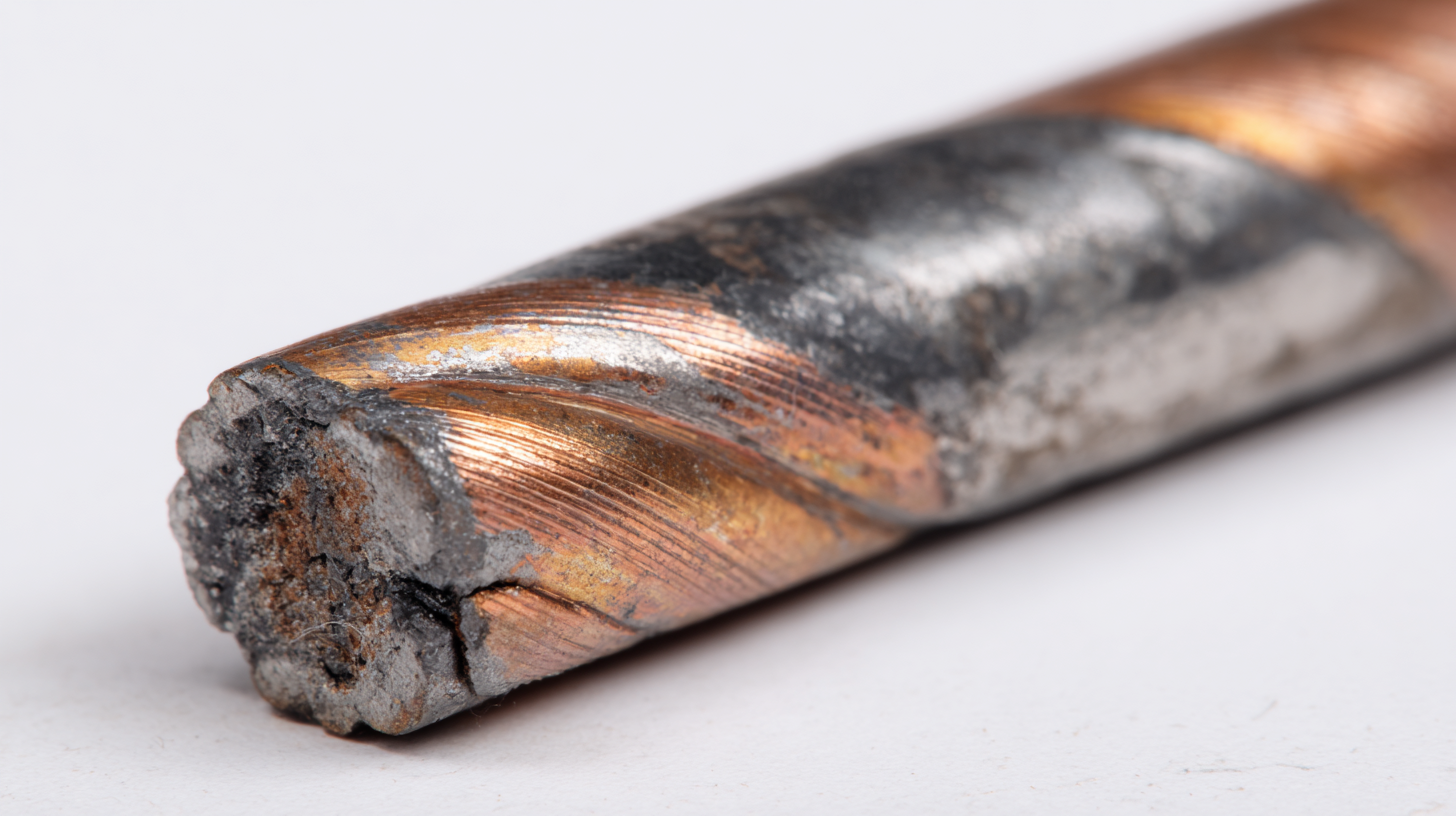
Quality Control Metrics: Measuring Success in Industrial Welding Applications
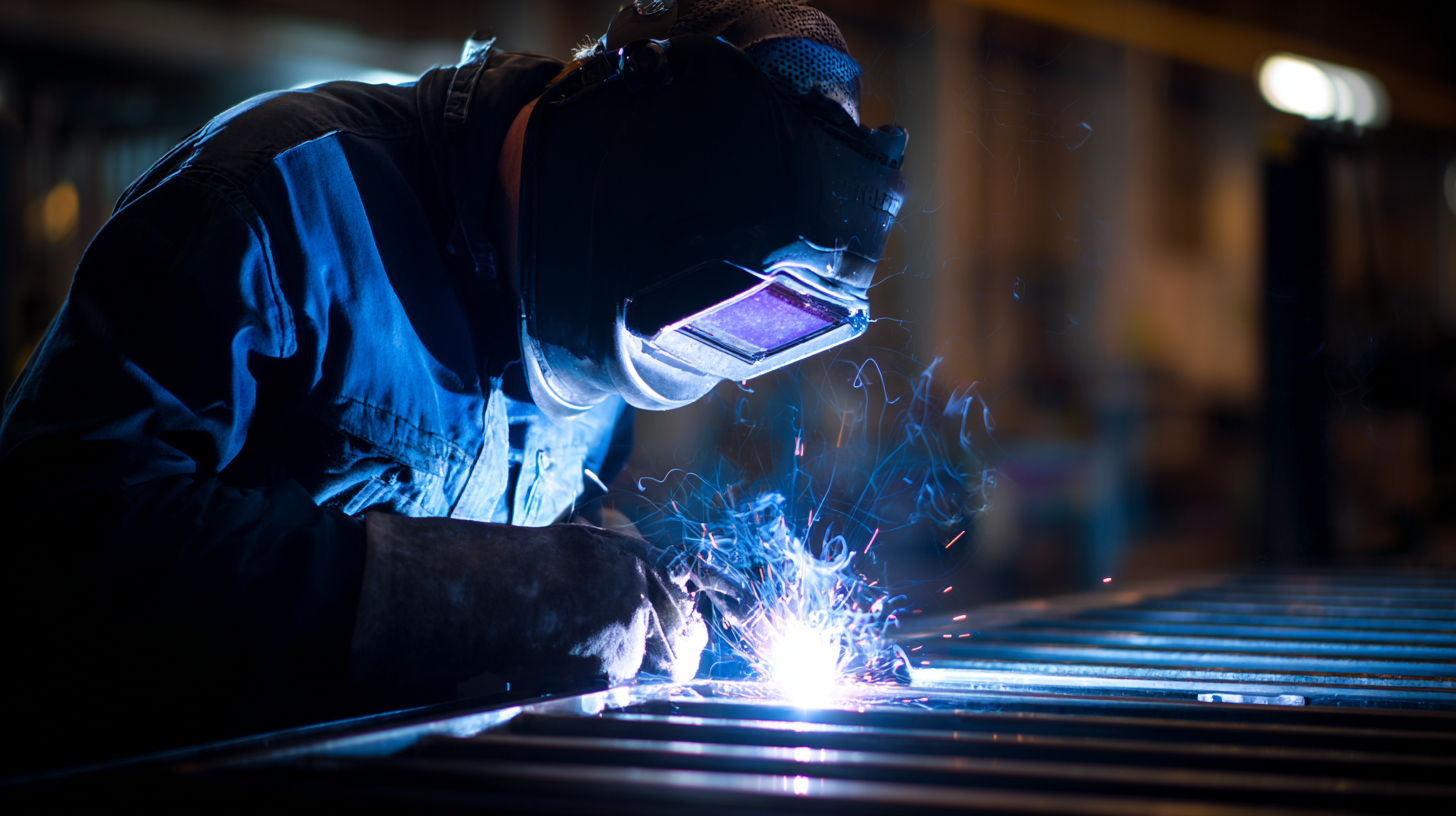 When it comes to industrial welding, quality control isn’t just a checkbox — it’s a big deal. As industries push for better efficiency and productivity, especially in areas like engineering machinery, setting solid quality benchmarks really matters. One top company in this space just started a pretty exciting move towards digitalization, trying to boost their capabilities by taking quality assessments seriously. By tracking clear, straightforward metrics — like weld strength and overall efficiency — businesses can not only meet industry standards but actually go beyond them.
When it comes to industrial welding, quality control isn’t just a checkbox — it’s a big deal. As industries push for better efficiency and productivity, especially in areas like engineering machinery, setting solid quality benchmarks really matters. One top company in this space just started a pretty exciting move towards digitalization, trying to boost their capabilities by taking quality assessments seriously. By tracking clear, straightforward metrics — like weld strength and overall efficiency — businesses can not only meet industry standards but actually go beyond them.
On top of that, using high-quality welding rods, like 308 rods, really makes a difference. These rods are known for their great performance, helping welders create cleaner, stronger joints. As more companies start using these kinds of materials, it’s super important to stick to strict quality metrics. When businesses put good quality control strategies in place, they can make their processes smoother, cut down on waste, and ultimately get better results. All of this helps them stay ahead and shine in a competitive, ever-changing market.
Maximizing Welding Efficiency: A Comprehensive Analysis of AWS A5.4 E308L-16 Electrodes in Stainless Steel Applications
In the realm of stainless steel welding, achieving maximum efficiency is paramount. The AWS A5.4 E308L-16 electrodes stand out as a premier choice for professionals involved in welding applications. One excellent option is the A002 (AWS E308L-16) electrode, which features an ultra-low carbon composition and a titanium-calcium coating. This unique formulation not only enhances the electrode's performance but also contributes to the overall quality of the welds.
The ultra-low carbon content of the A002 electrode minimizes carbide precipitation during the welding process, making it particularly effective for applications where corrosion resistance is critical. Its alloy composition, primarily consisting of chromium and nickel, ensures that welders can achieve strong, ductile joints that maintain integrity even in challenging environments. The titanium-calcium coating further assists in producing a smooth, stable arc, reducing spatter and improving the ease of operation.
By utilizing the A002 (AWS E308L-16) electrode, welders can significantly enhance their productivity. The electrode's compatibility with a variety of stainless steel grades allows for versatile applications—whether in manufacturing, construction, or repair work. Emphasizing welding efficiency through the selection of high-quality electrodes like the A002 can lead to better project outcomes, cost savings, and ultimately, satisfied clients.
FAQS
: 308 welding rods are designed for applications that require high levels of strength and corrosion resistance, making them ideal for welding stainless steel structures.
Optimal welding parameters, particularly amperage and voltage, are critical for the efficiency of 308 welding rods. Proper settings enhance weld quality and reduce rework, minimizing material wastage and downtime.
The optimal amperage range for 308 welding rods is between 90 to 180 amps, depending on the thickness of the base materials.
The ideal voltage range for using 308 welding rods is between 24 to 28 volts, which helps achieve consistent arc lengths and minimizes spatter.
Quality control is vital in welding applications to ensure that companies meet and exceed industry standards through clearly defined metrics like weld integrity and operational efficiency.
308 welding rods are known for their superior performance, enabling welders to achieve cleaner and stronger joints, which is essential for maintaining stringent quality metrics.
Advancements like resource-efficient processes, including narrow gap welding and mathematical modeling for optimizing weld design, can significantly enhance welding efficiency.
Optimizing welding parameters helps industries meet demanding production schedules without compromising safety and quality, ultimately improving operational productivity.
As industries evolve, the adoption of innovative welding practices and high-quality materials like 308 welding rods is becoming central to achieving improved operational productivity.
Conclusion
When it comes to industrial welding, boosting efficiency really is a big deal, and honestly, the 308 Welding Rod is pretty much a game-changer in that regard. Knowing how these rods work can make a real difference in how quickly you get things done—since their special mix helps keep the arc steady and cuts down on mistakes. If companies take a more data-driven approach when choosing their rods, they can do some quick cost-benefit checks that clearly show how much more efficient they become by going with 308 rods. That usually means faster production times and saving some bucks along the way.
On top of that, there are a few key tricks to get the most out of these rods—like tweaking the amperage and voltage settings. It’s kind of like fine-tuning your setup to get that perfect weld. Setting up solid quality controls also helps you track how things are going and ensure top-notch results. Having been in the game for over 22 years, Wenzhou Tianyu Electronic Co., Ltd. really gets what it takes to provide high-quality welding electrodes and consumables. They’re all about helping industries unlock the full potential of 308 Welding Rods for better performance and efficiency.
Related Posts
-

Exploring Opportunities for Ac Welding Rods at the Record Breaking 137th Canton Fair
-

Emerging Trends in Stick Welding Stainless Steel for 2025 A Comprehensive Guide for Global Buyers
-
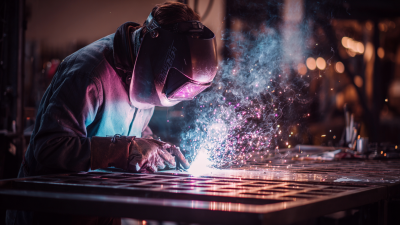
Innovative Solutions for Enhancing Your Stainless Mig Welding Efficiency
-
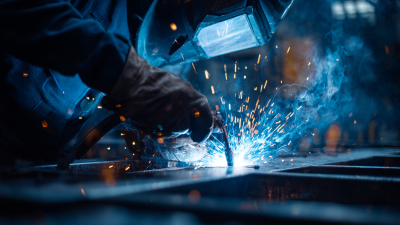
How to Maximize Efficiency in Wire Weld Processes for Optimal Production
-

Unlocking the Future of Best Welding Brass With Tig Strategies for Global Buyers in 2025
-

How to Utilize the Best Tungsten Electrode for Sustainable Welding in 2025
Blog Tags:


